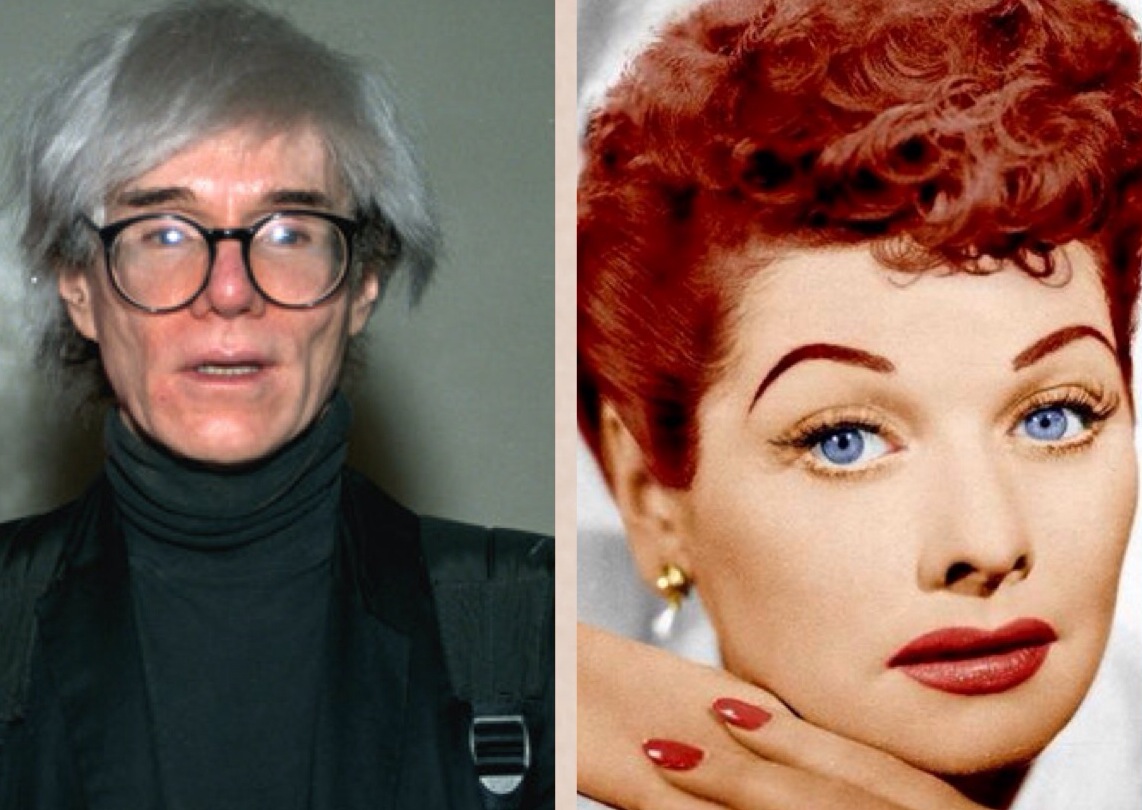It’s been said that the clothes make the man. But I think we all know it’s really the haircut and color (whether natural or not). August 6th marks not only the anniversary of the bombing of Hiroshima, but also a special merging of birthdays between Lucille Ball and Andy Warhol. And it seems like no coincidence that the two have undeniably memorable haircuts. Ball, with her fiery red Henna rinsed hair and Warhol with his bright white wig both created signature looks that the world will never forget (or at least no one currently above the age of thirty).


I thought that young people had more problems than old people, and I hoped I could last until I was older so I wouldn’t have all those problems. Then I looked around and saw that everybody who looked young had young problems and that everybody who looked old had old problems. The “old” problems to me looked easier to take than the “young” problems. So I decided to go gray so nobody would know now old I was and I would look younger to them than how old they thought I was. I would gain a lot by going gray: (1) I would have old problems, which were easier to take than young problems, (2) everyone would be impressed by how young I looked, and (3) I would be relieved of the responsibility of acting young—I could occasionally lapse into eccentricity or senility and no one would think anything of it because of my gray hair. When you’ve got gray hair, every move you make seems “young” and “spry,” instead of just being normally active. It’s like you’re getting a new talent. So I dyed my hair gray when I was about twenty-three or twenty-four.























[…] in this town are actually 20-25 year olds sporting the latest hair trend (helmed originally by Andy Warhol): stripping their hair of its natural hue in favor of white or gray […]